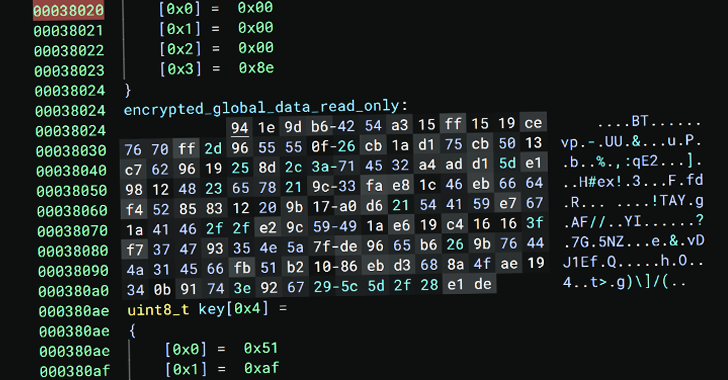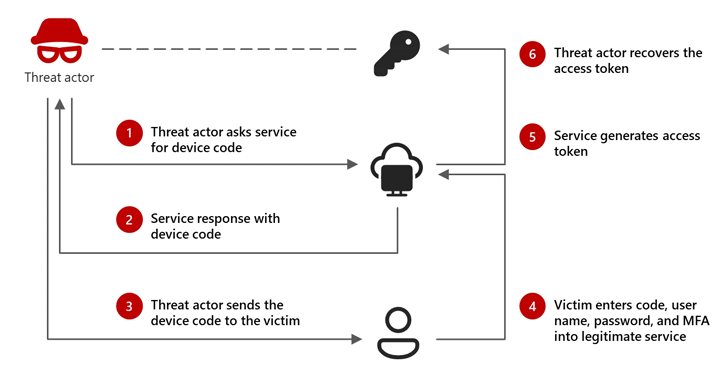
[ad_1]
Vladislav Klyushin was having, by any measure, an awful day. The judge in his case had brushed aside his lawyers’ arguments and his friends’ appeals for leniency. She handed down a tough sentence: nine more years in US federal prison, on top of an order to forfeit a fortune, $34 million.
Build a website that pays you back with real revenue.
But if Klyushin was upset about the ruling, he didn’t show it. The then 42-year-old tech executive from Moscow seemed upbeat—quick with a smile on his pinchable cheeks and unerringly polite, just as he had been during his arrest near a Swiss ski resort in March 2021, his months of detention in Switzerland, his extradition to the United States that December, his indictment and trial on hacking and wire fraud charges, and his swift conviction. Klyushin “had a confidence all along that eventually the Russians would get him back,” one of his defense attorneys told me. He seemed certain that his protectors in the Kremlin would spare him from serving out his full sentence.
There were times when that certainty seemed cocksure. America’s federal prison system held 35 Russian nationals. Surely not all of them were getting traded back. His family and friends were distraught. Within less than a year, though, Klyushin was proven right. On August 1, 2024, he was unshackled and put on a plane back to Moscow—one of the 24 people involved in the largest, most complex US-Russian prisoner exchange ever.
You probably heard something about the swap. It’s the one that brought Wall Street Journal reporter Evan Gershkovich and former US Marine Paul Whelan home to the United States—and sent back to Russia a Kremlin-linked assassin and a husband-and-wife duo of spies who were so deep undercover that their kids didn’t learn they were Russian until they got on the plane. In coverage of the exchange, Klyushin was treated as a footnote. That was a mistake, if an understandable one. And not just because he was at the center of one of the bigger insider trading cases of all time.
The escalating conflict between the US and Russia has played out in all sorts of ways over the past decade. One is in global financial markets, with America and its allies walling more and more of Russian industry off from the international economy. There are always creative individuals who can find cracks in that wall, though, and Klyushin sure seems to have been one of them. You don’t have to squint too hard to see his scheme—which ultimately netted $93 million—as a way to bring capital into Russia, despite the global blockade. The contest has also been evident on the streets of Moscow, where a secretive Kremlin security force has grabbed American citizens, who are charged with bogus crimes, and then dangled them in trades for killers, spies, and associates of the Kremlin. It’s kidnapping, hostage taking, and it’s effectively all being done on President Vladimir Putin’s orders. Oftentimes, Americans are taken precisely for their value as assets to be later exchanged—to get back people like that assassin, or this financial crook, Klyushin. He wasn’t at the very top of Moscow’s trade list. But Klyushin was much closer, and more important to the Kremlin, than either side was willing to admit.
Illustration: Vartika Sharma
To the outside world, Klyushin had a rags-to-riches, fairy-tale life, with a gauzy wedding video to prove it. In a montage later obtained by US prosecutors, Klyushin dives into a country club pool; his bride-to-be, Zhannetta, sips pink champagne on an outdoor bed draped with chiffon and roses; he picks her up in a white Porsche convertible; she’s gorgeous in her backless gown; he’s handsome, if a little goofy, in his tux and subtle mullet; they dance and laugh and stare meaningfully at the fireworks punctuating the perfect night. “I do not know a more decent person than my husband,” Zhannetta later wrote to the judge in his case.
They had three children, adding to the two Klyushin had from a previous marriage. By all accounts, he was a doting father, a far cry from his own, a man he never met, or his stepfather, who was killed during a car robbery when Klyushin was 14. He emerged from a childhood of poverty to build a number of businesses. First, he was in construction and marketing; later, he ran an IT company called M13, which sold media- and internet-monitoring software to Russian government agencies. Early customers in 2016 included the Ministry of Defense and the office of the presidential administration, where Putin’s propaganda chief became an important proponent of M13. The company’s software was used to keep tabs on hundreds of Telegram channels for a Kremlin worried about the “introduction of unverified or knowingly false information,” according to one local news report.
Klyushin’s rise was rapid, taking in more than $30 million in government contracts in a decade. That confounded some of his professional peers. (“The company and its owner are unknown to most in the IT community,” a respected Russian business journal noted in 2021.) But it brought him influence and admirers. He supported the arts and rebuilt the roof of the monastery on Moscow’s Lubyanka Street, a few blocks down from the headquarters of Russia’s spy service, the FSB. One friend later hailed Klyushin as an “eco-activist” (for planting “several spruces in the yard”) and a “pet-lover” (his “favourite pet is a dog”). “Broad-minded, well-read, educated,” gushed his family friend and tennis coach. An M13 employee said that a conversation with Klyushin “is like getting a lesson from a guru.”
[ad_2]
Source link
Related posts:
Stay Safe Online: Essential Tips for Safer Internet Day
Is Your Phone Your Best Friend or a Silent Spy?
Wipe Your Digital Footprints with Data Wipe Software
No, you’re not fired – but beware of job termination scams
DeceptiveDevelopment targets freelance developers
Fake job offers target coders with infostealers
Belarus-Linked Ghostwriter Uses Macropack-Obfuscated Excel Macros to Deploy Malware
LightSpy Expands to 100+ Commands, Increasing Control Over Windows, macOS, Linux, and Mobile
CISA Adds Microsoft and Zimbra Flaws to KEV Catalog Amid Active Exploitation
Malicious PyPI Package "automslc" Enables 104K+ Unauthorized Deezer Music Downloads
CERT-UA Warns of UAC-0173 Attacks Deploying DCRat to Compromise Ukrainian Notaries
Three Password Cracking Techniques and How to Defend Against Them
New Linux Malware ‘Auto-Color’ Grants Hackers Full Remote Access to Compromised Systems
SOC 3.0 - The Evolution of the SOC and How AI is Empowering Human Talent
Leaked Black Basta Chat Logs Reveal $107M Ransom Earnings and Internal Power Struggles
Microsoft: Russian-Linked Hackers Using 'Device Code Phishing' to Hijack Accounts
AI-Powered Social Engineering: Ancillary Tools and Techniques
Lazarus Group Deploys Marstech1 JavaScript Implant in Targeted Developer Attacks
New “whoAMI” Attack Exploits AWS AMI Name Confusion for Remote Code Execution
Android's New Feature Blocks Fraudsters from Sideloading Apps During Calls
New Golang-Based Backdoor Uses Telegram Bot API for Evasive C2 Operations
⚡ THN Weekly Recap: Google Secrets Stolen, Windows Hack, New Crypto Scams and More
CISO's Expert Guide To CTEM And Why It Matters
South Korea Suspends DeepSeek AI Downloads Over Privacy Violations
Microsoft Uncovers New XCSSET macOS Malware Variant with Advanced Obfuscation Tactics
Cybercriminals Exploit Onerror Event in Image Tags to Deploy Payment Skimmers
New Xerox Printer Flaws Could Let Attackers Capture Windows Active Directory Credentials
Winnti APT41 Targets Japanese Firms in RevivalStone Cyber Espionage Campaign
Juniper Session Smart Routers Vulnerability Could Let Attackers Bypass Authentication
Debunking the AI Hype: Inside Real Hacker Tactics
Build a website that pays you back with real revenue.




















